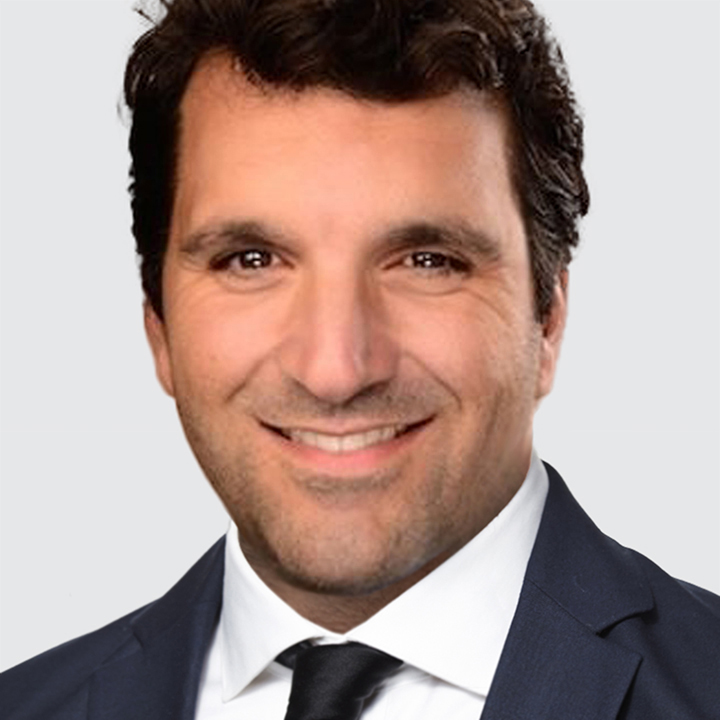US
USD recovered against most major currencies. USD can edge higher in the near-term before settling into its August range as US-G6 yield spreads show little scope to move further against USD.
Yesterday’s speeches by Fed Chair Jay Powell and Governor Michelle Bowman highlight contrasting policy outlooks. Powell stuck to his cautious easing guidance noting that while “the downside risks to employment have risen…uncertainty around the path of inflation remains high.” Bowman was more dovish arguing that “the labor market has become more fragile and could deteriorate more significantly in the coming months.” Bowman added “we should focus on risks to our employment mandate and preemptively stabilize and support labor market conditions.”
We are more aligned with Bowman. In our view, the risk is the Fed turns more dovish by the time of the December 9-10 FOMC meeting because restrictive monetary policy can worsen the employment backdrop and upside risks to inflation are not materializing. See here for details.
If we’re right, USD will come under renewed downside pressure as the Fed funds future curve adjusts lower. Two risk scenarios could keep the Fed anchored to its patient easing guidance: US inflation quickens, or economy enters a Goldilocks state. The first scenario is USD negative, implying higher likelihood of stagflation. The second scenario is USD positive. We see the first risk scenario as more likely.
EUROZONE
EUR/USD is trading heavy near 1.1780, down from an overnight high of 1.1820. Germany’s IFO business climate index unexpectedly falls in September to a four-month low at 87.7 (consensus: 89.4) vs. 88.9 in August. Regardless, the Eurozone economy remains on a modest growth path consistent with steady ECB policy which is EUR supportive. We anticipate EUR/USD to stabilize lower near 1.1650 in the near-term.
AUSTRALIA
AUD outperforms. RBA rate cut bets fade following Australia’s mixed August CPI print. Headline CPI inflation ran hot at a 13-month high of 3.0% y/y (consensus: 2.9%) vs. 2.8% in July reflecting higher electricity costs as government subsidies unwound. The trimmed mean CPI, which excludes the impact of irregular or temporary price changes like the rise in electricity prices, dipped to 2.6% y/y vs. 2.7% in July, matching the RBA’s projection.
It’s worth noting, the Australian Bureau of Statistics (ABS) will be transitioning from the quarterly CPI to a complete monthly measure of the CPI in November 2025. The Monthly CPI will become Australia’s primary measure of headline inflation, replacing the quarterly CPI.
The RBA is widely expected to keep the policy rate at 3.60% at its next meeting on September 30. Over the next 12-month, RBA cash rate futures trimmed odds for 50bps of easing to 76%, from nearly fully priced-in on Monday.
NEW ZEALAND
Dr Anna Breman will be RBNZ Governor from December 1. Acting Governor Christian Hawkesby will remain in his role until then before leaving the RBNZ. NZD and NZ rates hardly budged after the announcement.
The next RBNZ meeting is on October 8 and markets price-in 27% odds of a jumbo 50bps cut to 2.50%. The RBNZ projects the policy rate to bottom at 2.50% by year-end. However, the steeper downturn in New Zealand Q2 real GDP opened the door for additional easing towards the lower end of the RBNZ neutral range estimate (between 1.60% and 4.20%).
In the short-term, NZD/USD is at risk of breaking below its 200-day moving average (0.5841) on a firmer USD and more dovish RBNZ. However, we would look to accumulate NZD/USD on weakness around 0.5750-0.5775 because global growth remains resilient despite persistent uncertainty.
CZECH REPUBLIC
Czech National Bank (CNB) is widely expected to keep the policy rate at 3.50% (1:30pm London, 8:30am New York). At the last meeting August 7, the central bank voted unanimously to keep rates at 3.50% cautioning that “inflation will be in the upper half of the tolerance band [2%± 1%] for the rest of this year.” Recent comments from CNB board members suggests the easing cycle is done. Deputy Governor Jan Frait signaled last week that more rate cuts are not warranted. Indeed, the markets are pricing rate hikes in the next 12 months which bodes well for CZK.

